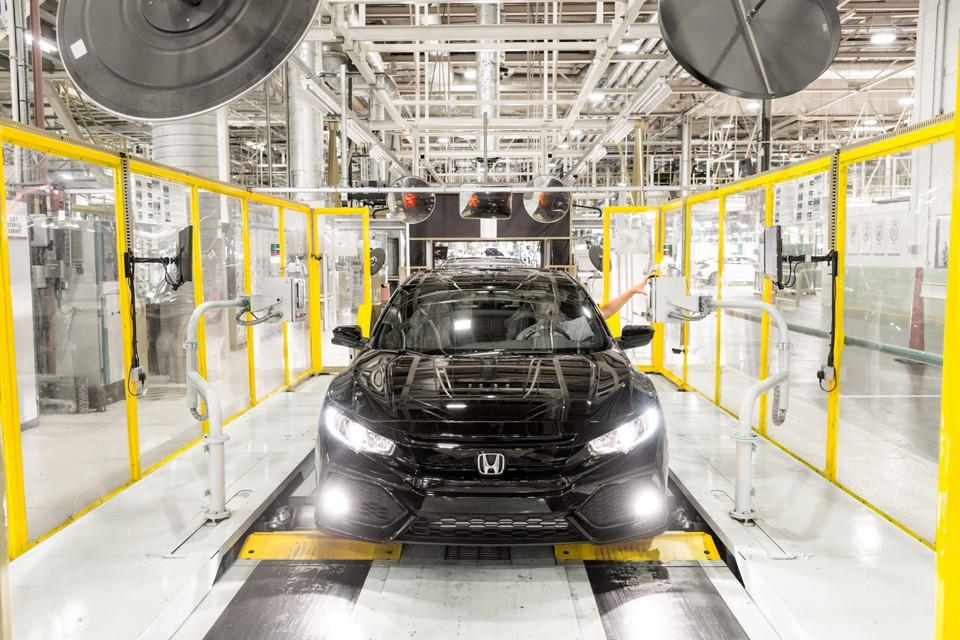Honda’s 3,000-strong workforce at its Swindon manufacturing plant have begun their final shift ahead of the site’s official closure at the end of this week.
The Japanese carmaker, which had previously bult the Accord, Jazz and CR-V models but had produced the Civic alone since 2018, will end vehicle production at the site 36 years after the first car rolled off its production line.
Honda announced the closure of its Swindon plant in February 2019, stating that the move came as it attempts to accelerate its electrification strategy “in light of the unprecedented changes” affecting the automotive sector.
Honda’s 3,000-strong workforce at its Swindon manufacturing plant have begun their final shift ahead of the site’s official closure at the end of this week.
The Japanese carmaker, which had previously bult the Accord, Jazz and CR-V models but had produced the Civic alone since 2018, will end vehicle production at the site 36 years after the first car rolled off its production line.
Honda announced the closure of its Swindon plant in February 2019, stating that the move came as it attempts to accelerate its electrification strategy “in light of the unprecedented changes” affecting the automotive sector.
The OEM has denied that the move came as a result of Brexit.
In an interview with AM magazine nine months earlier, then Honda UK managing director, David Hodgetts who held the post of division manager of production planning and logistics between 1998 and 2005, claimed that the “future looks bright” for the plant, despite the prospect of Brexit.
“I kind of think of (the Brexit vote) in a slightly insular way – it’s not that bad for Honda UK. We have some major advantages now that we didn’t have before,” he said.
“We have a situation where our factory in Swindon is back to full capacity because we’re making half our cars for the US market.
“We make solely Civic and from this year (2018). That might sound a shock, but it’s hugely efficient in terms of scale. The market in the US is very strong for the Civic.”
Back in February – at the time of Honda’s plant closure announcement – The Guardian newspaper reported that the move could result in up to 7,000 job losses, including local firms that supply the site.
Honda has been a fixture in the Wiltshire economy since 1985 when it established its manufacturing facility on the site of an old RAF airfield that once built and tested Spitfire fighter planes.
At its peak, the plant produced 680 Honda cars every day every day with finished vehicles tested on the old Spitfire runway.
Around 6.7 million vehicles have been produced by Honda’s UK site in just under 36 years’ trading.
Last month the Swindon Advertiser newspaper reported on the first step towards the £700m redevelopment of the Honda site by its new owner, development company Panattoni.
The business has requested an environmental impact assessment scoping opinion on plans to build industrial premises and warehousing totalling 672,000 square metres on the site.
Login to continue reading
Or register with AM-online to keep up to date with the latest UK automotive retail industry news and insight.















Login to comment
Comments
No comments have been made yet.